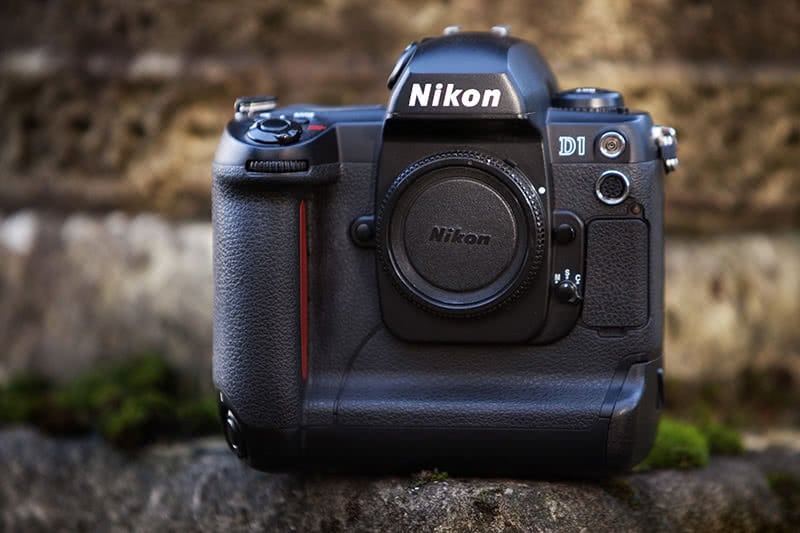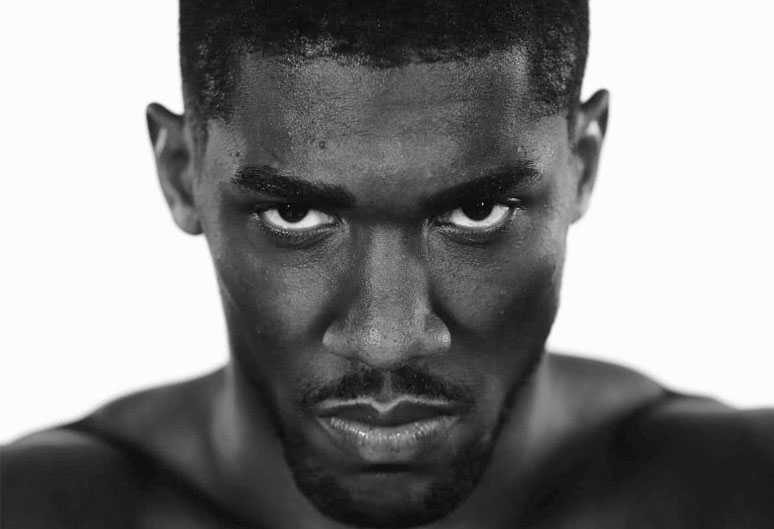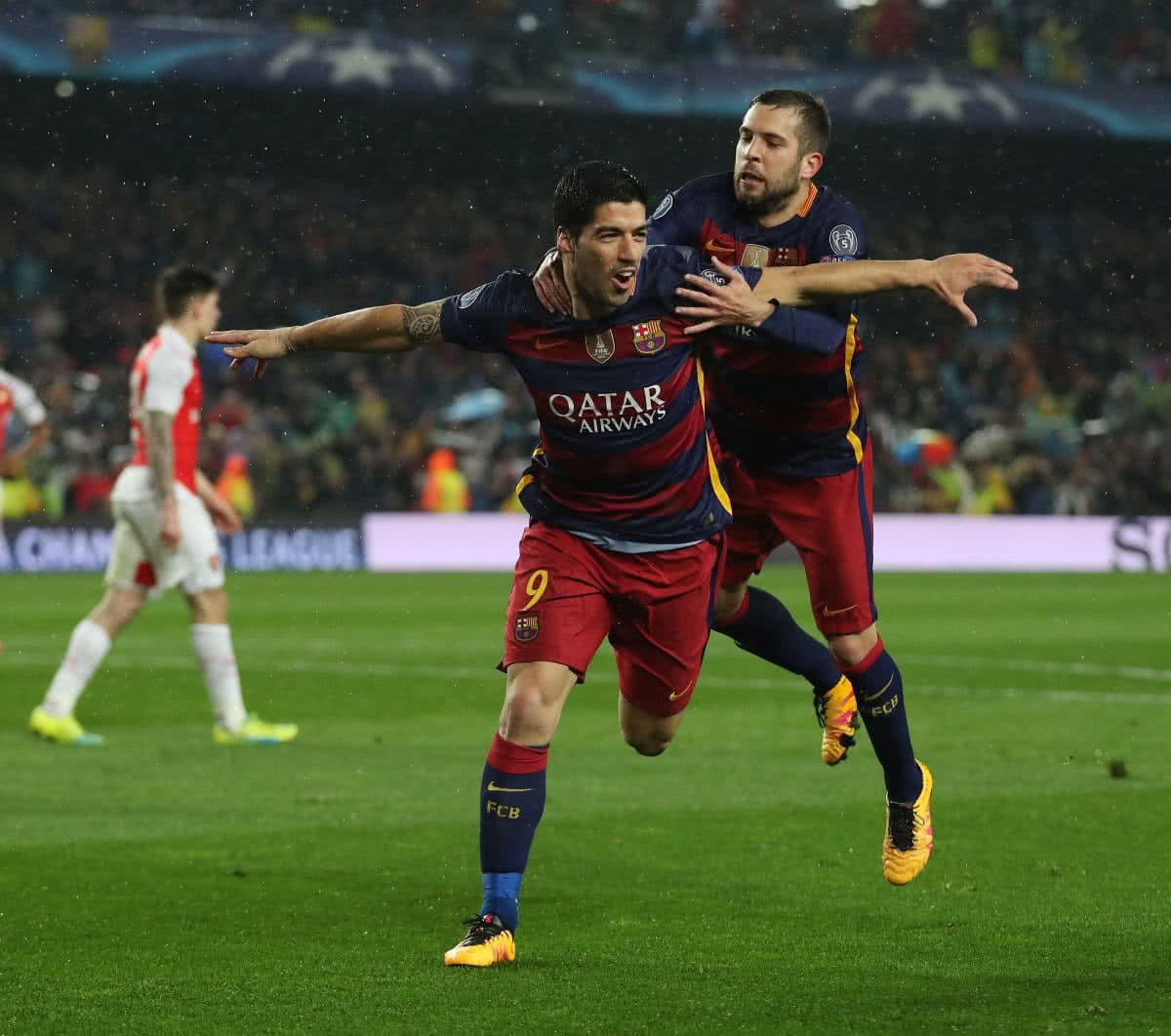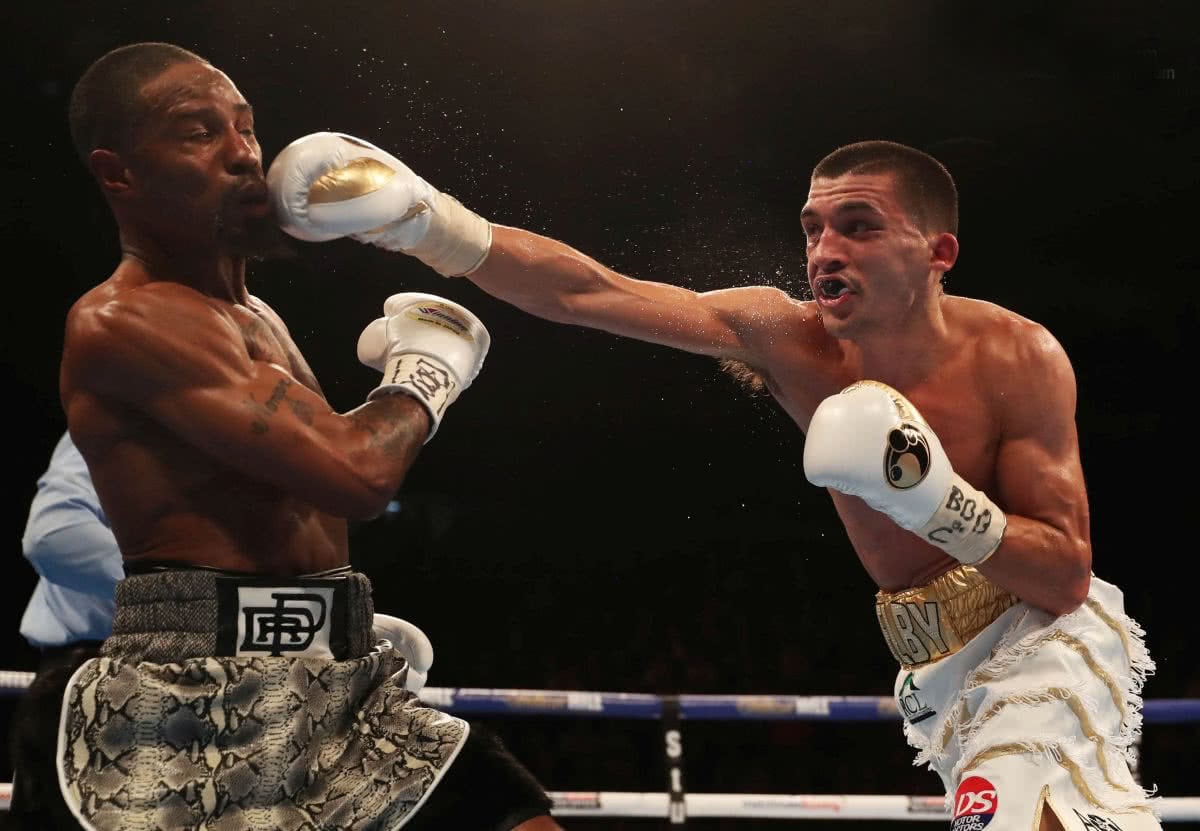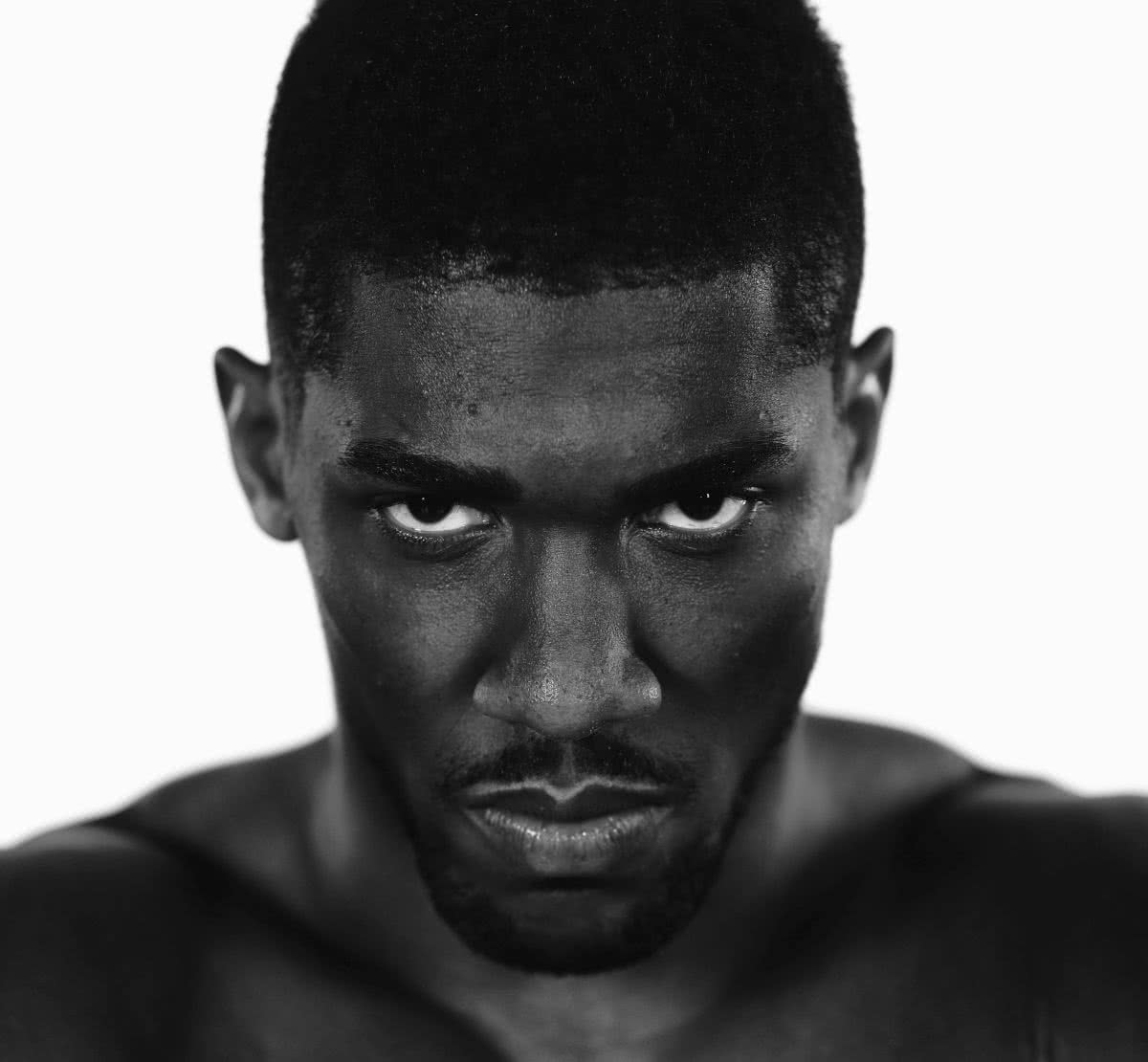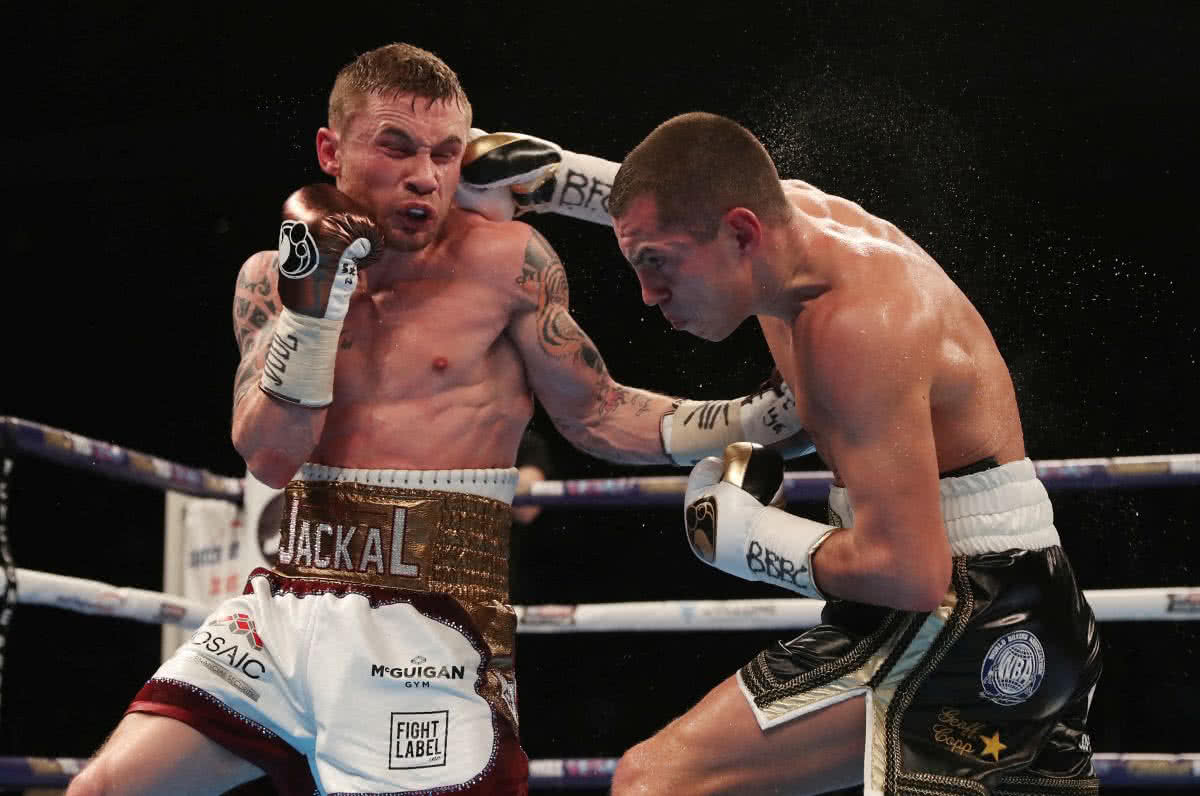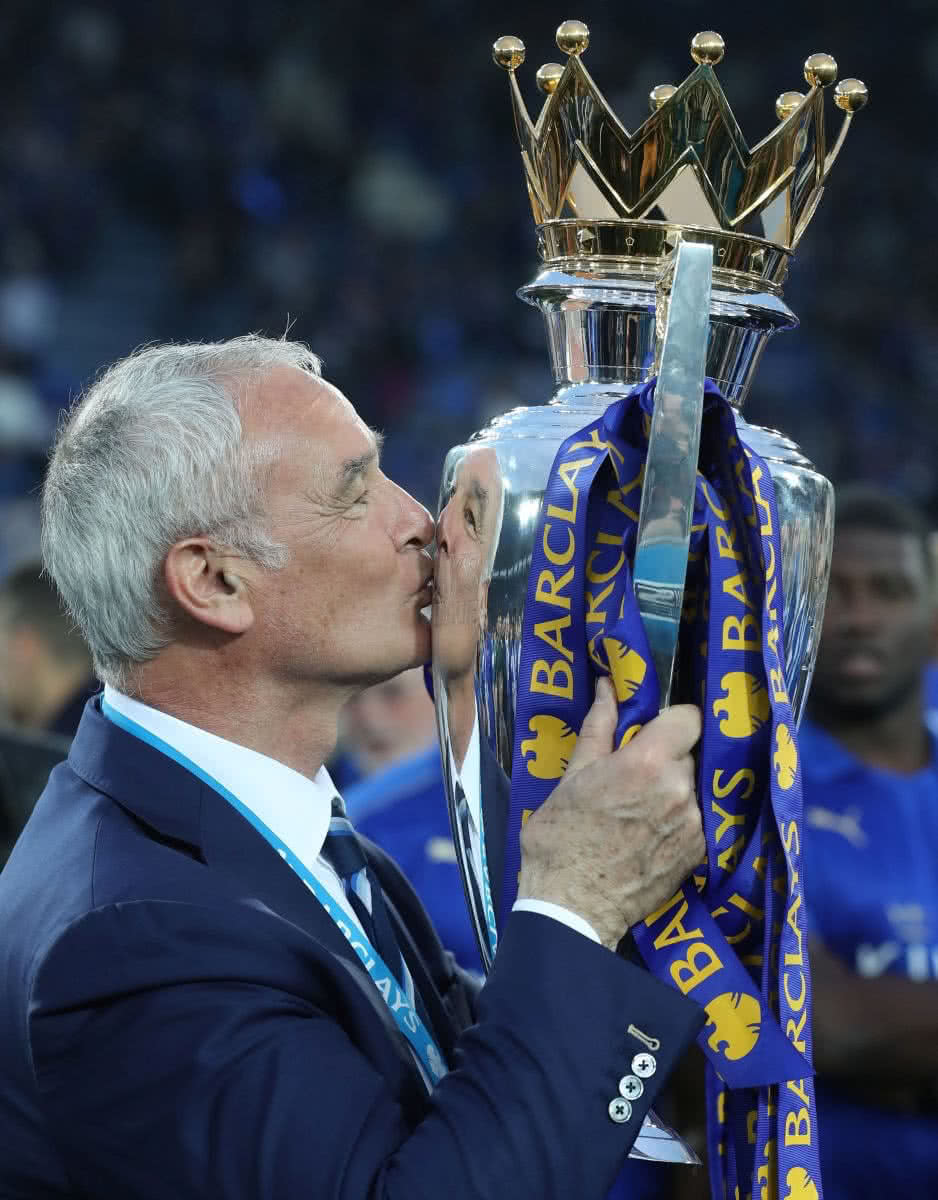When Nikon announced their flagship DSLR the Nikon D6 following the Canon EOS 1DX mark III and the Sony A9 II, the “big three” camera manufacturers had each released a flagship full-frame camera body in the space of six months. In this article we compare the main specifications of all three bodies.
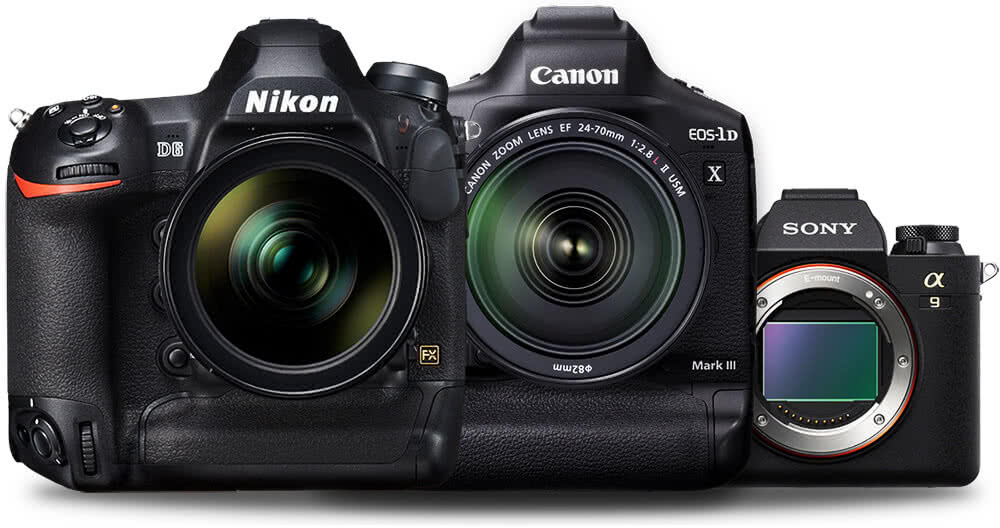
The Nikon D6, Sony A9 II and EOS 1Dx mark III compared
We have not yet had our hands on a Nikon D6 so cannot do a working comparison of the cameras. However, now the specifications are released, we can put the stats of each camera side by side. There are some similarities as the manufacturers compete for the same audience: The cameras all feature built in wifi connectivity as well as Ethernet ports for Wired LAN connections. The resolution is low across all bodies, they are made for fast and high quality image recording, and fast transmission which a low file-size helps with. Mirrorless technology is the main differentiation in the bodies with those brands adopting newer technologies achieving higher burst rates for continuous shooting – significant for sport photography in particular.
Full write ups on the cameras are on our blog for further reading:
[gdlr_button href=”https://www.fixationuk.com/nikon-launches-the-d6/” target=”_self” size=”medium” background=”#FFE100″ color=”#000000″]Nikon D6: Feb 12th 2020[/gdlr_button]
[gdlr_button href=”https://www.fixationuk.com/canon-launches-the-eos-1dx-mark-iii/” target=”_self” size=”medium” background=”#BF1920″ color=”#ffffff”]Canon EOS 1DX mark III: Jan 7th 2020[/gdlr_button]
[gdlr_button href=”https://www.fixationuk.com/sony-a9-mark-ii/” target=”_self” size=”medium” background=”#FFA500″ color=”#000000″]Sony A9 II : Oct 3rd 2019[/gdlr_button]
| Nikon D6 | Sony A9 II | Canon EOS 1DX mark III | |
|---|---|---|---|
| Camera Type | DSLR | Mirrorless | DSLR |
| Launch Price | £6,299 | £4,799 | £6,499 |
| Sensor Size | Full Frame | Full Frame | Full Frame |
| Resolution (Megapixels) | 20.8 | 24.2 | 20.1 |
| Video (Max) | 4K UHD 30p 3840×2160 | XAVC S 4K 30p 3840×2160 | 4K Raw 59.94fps 5496×2904 |
| ISO Range | 100 – 102,400 | 100 – 5,1200 | 100 – 102,400 |
| Extended ISO | 50 – 3,280,000 | 50 – 204,800 | 50 – 819,200 |
| AF Points | 105 | 693 | 191 |
| Shooting Rate | 14fps | 20fps | 16fps |
| Memory Cards | Dual XQD / CFexpress | Dual SD UHS-II | Dual CFexpress |
| Lens Mount | Nikon F | Sony-E | Canon EF |
| USB Port | USB 3.1 Gen 1 (Type C) | USB 3.1 Gen 1 (Type C) | USB 3.1 Gen 1 (Type C) |
| HDMI Port | Mini HDMI | Micro HDMI | Mini HDMI |
| LAN Terminal | 1000BASE-T Ethernet | 1000BASE-T Ethernet | 1000BASE-T Ethernet |
| Wireless LAN built-in | Yes | Yes | Yes |
| Weight (g) | 1270 | 678 | 1440 |
| Size WxHxD mm | 160 x 163 x 92 | 129 x 96 x 76 | 158 x 168 x 83 |
| Battery life (CIPA rating) | 3580 | 690 | 2850 |

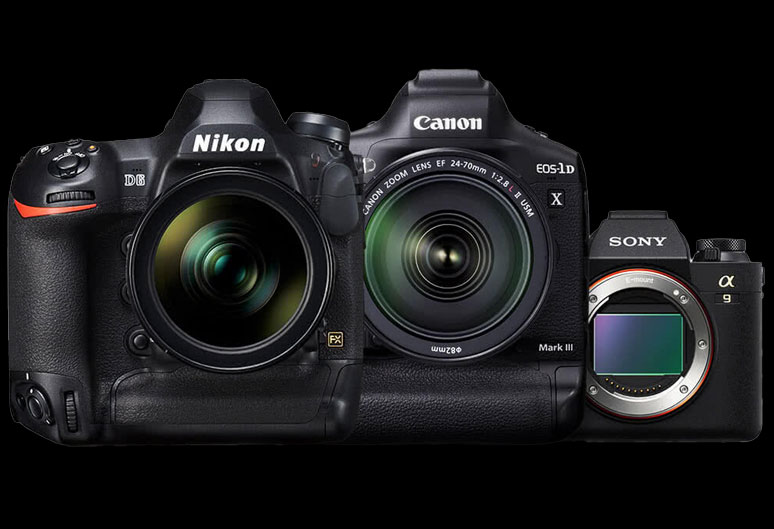
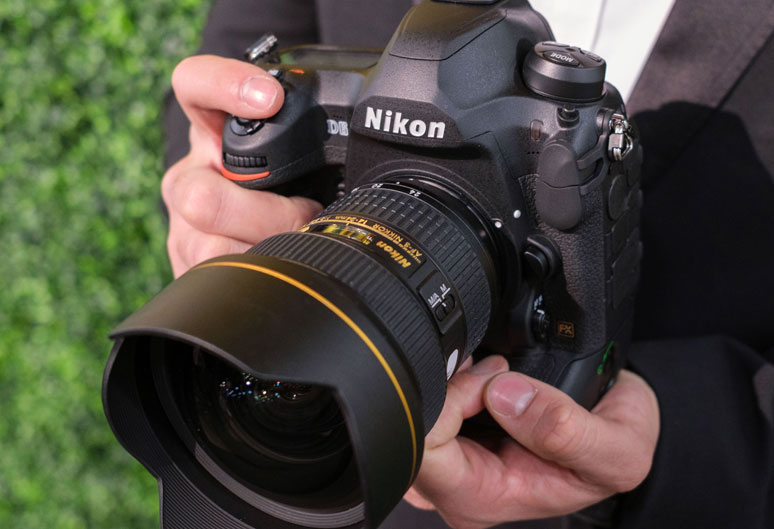
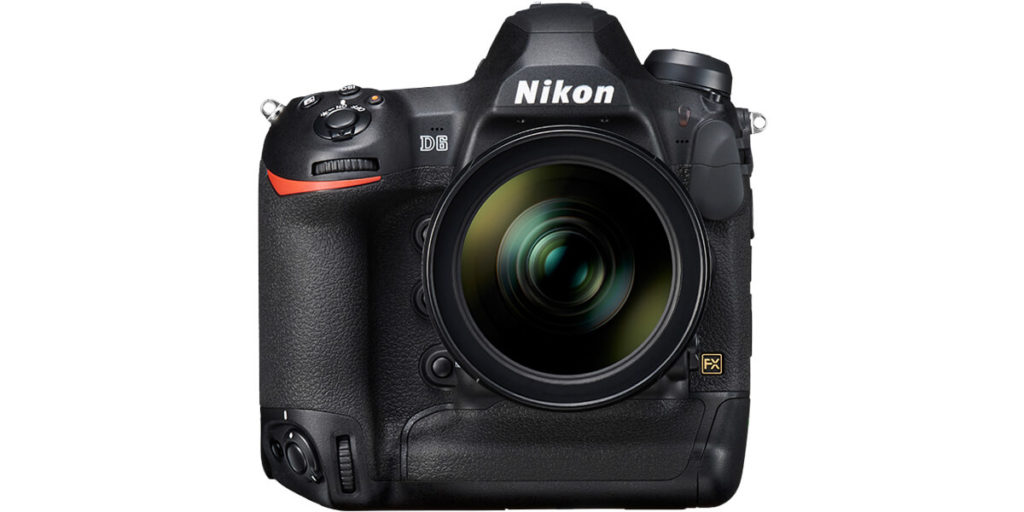
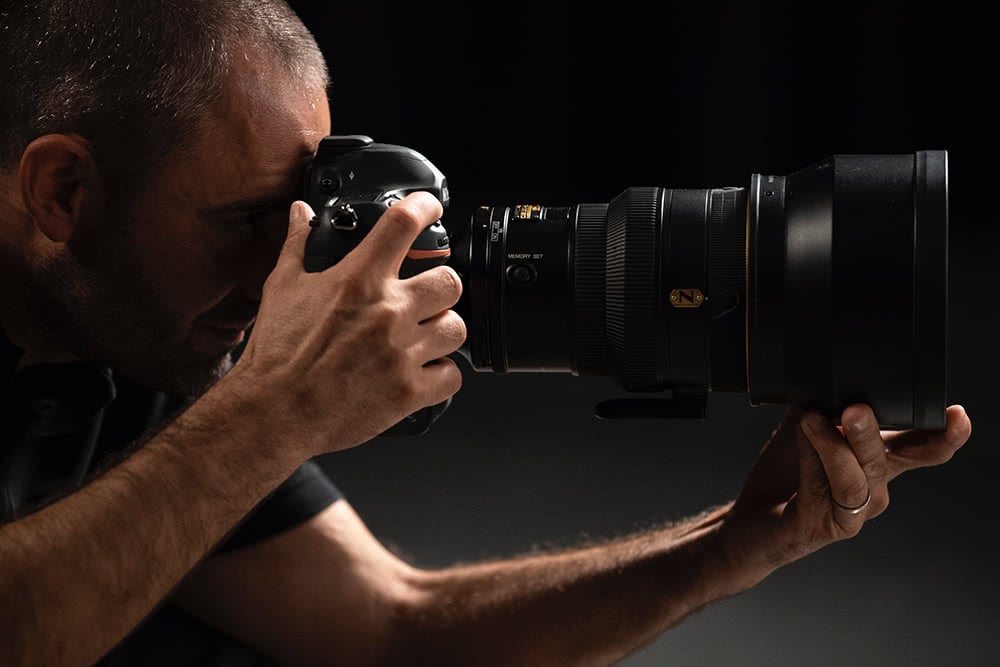
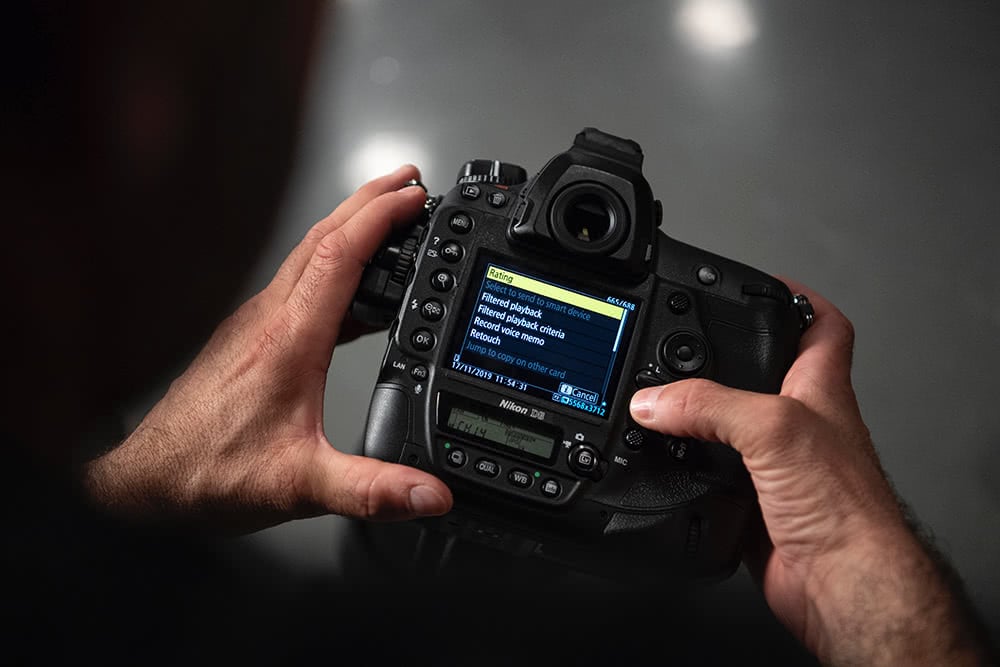
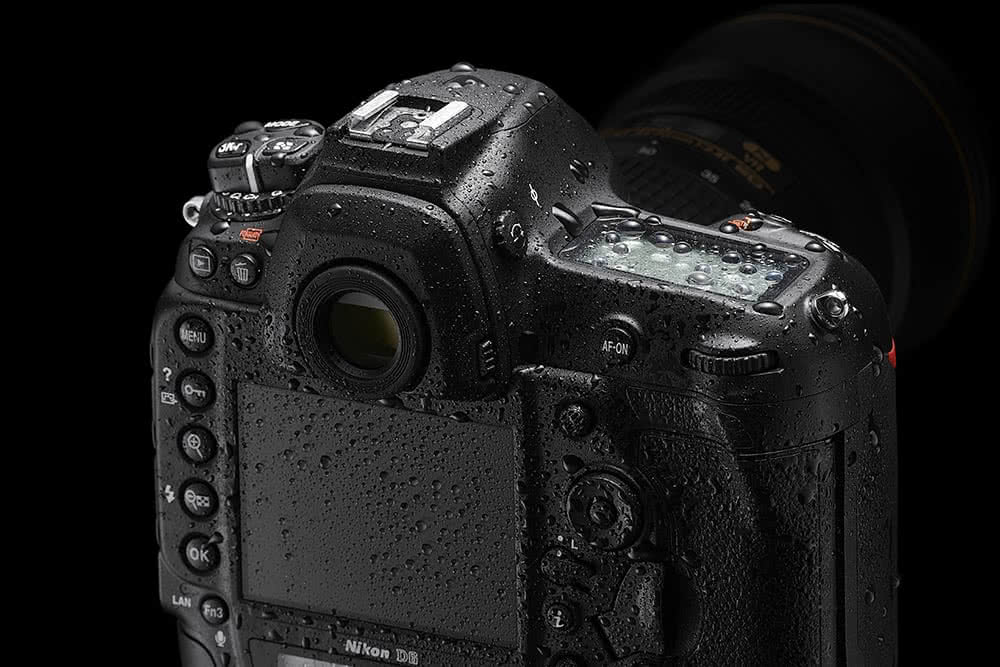
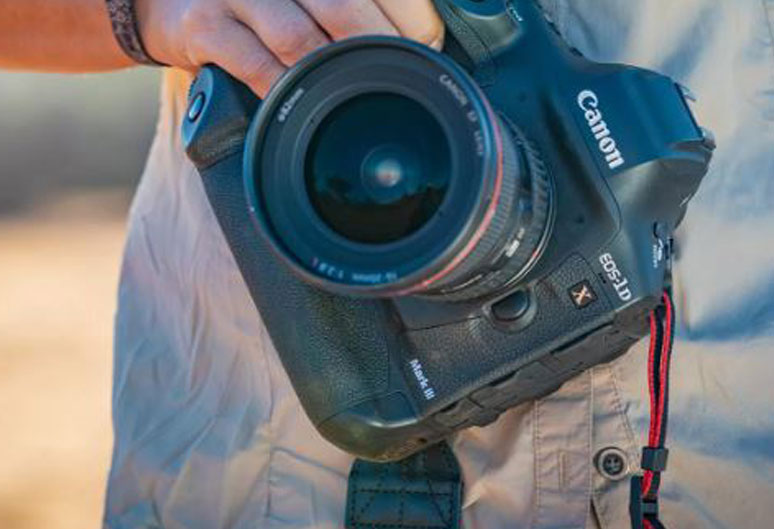
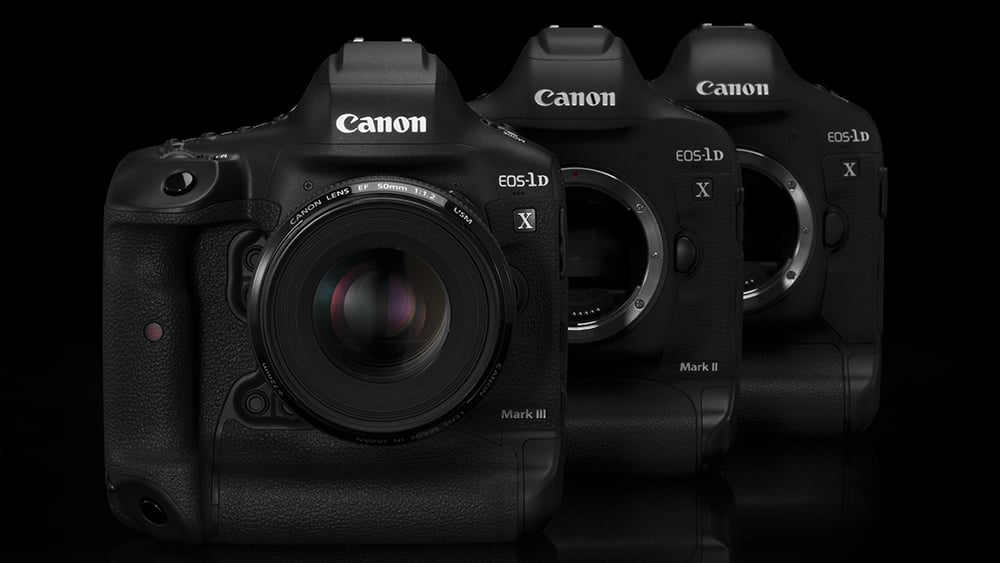
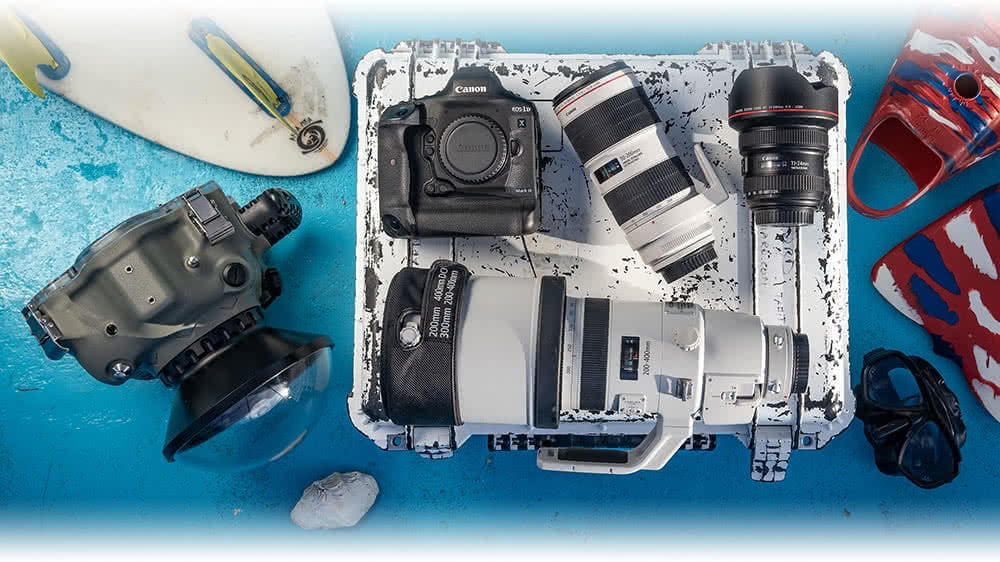
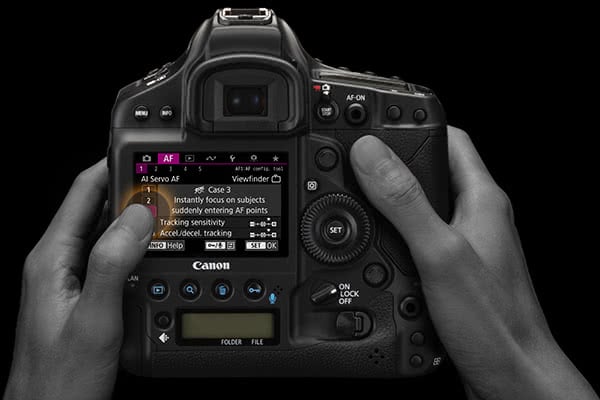
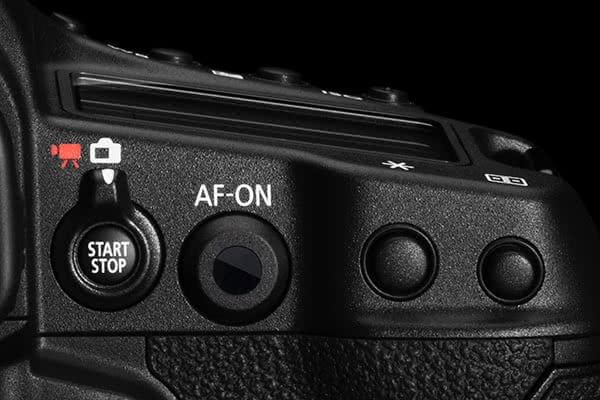
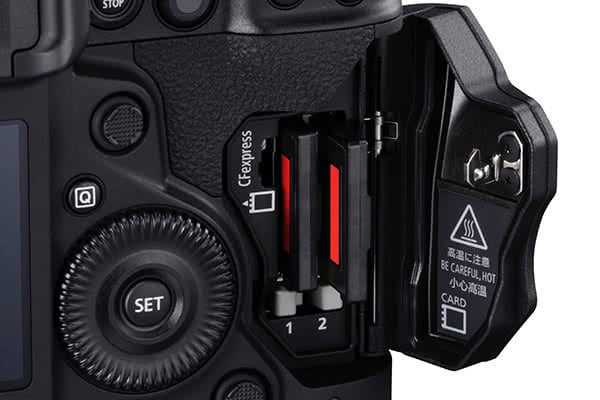
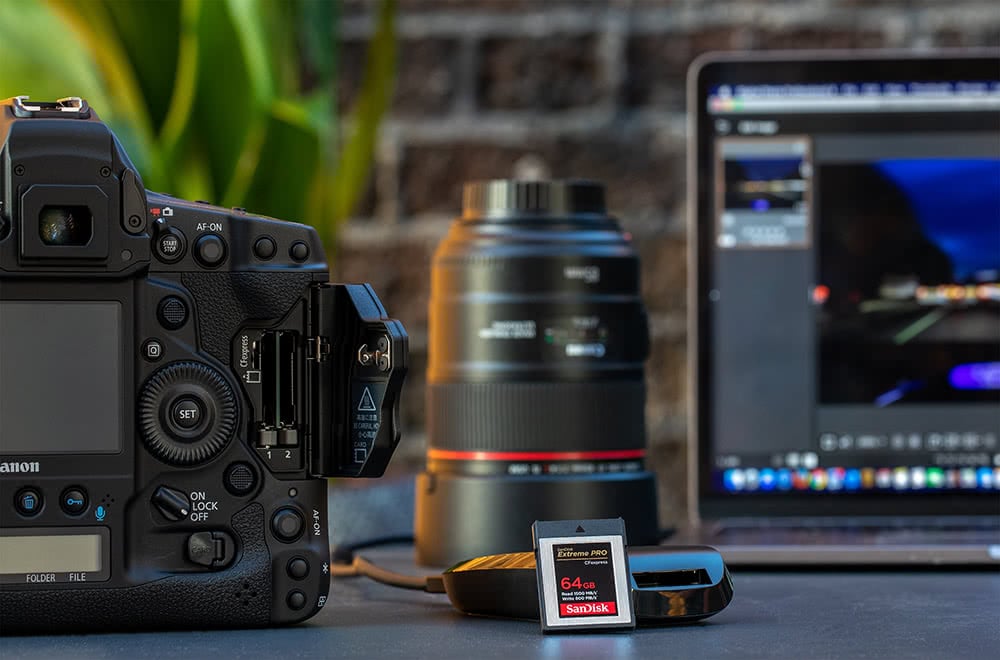
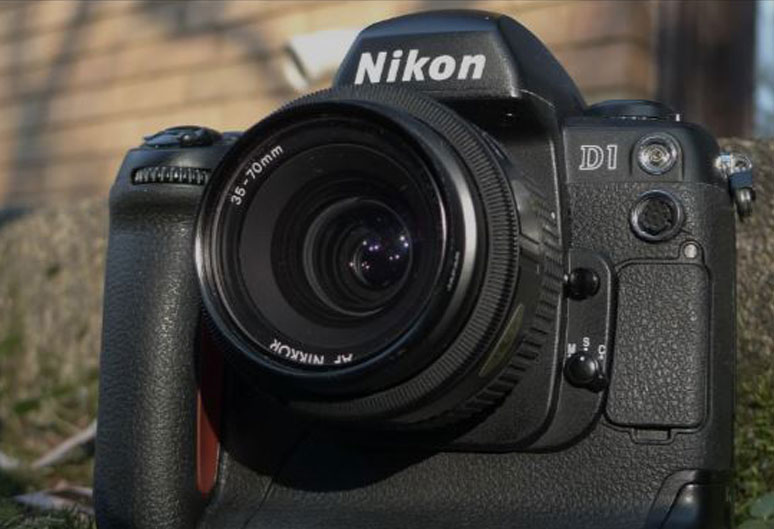
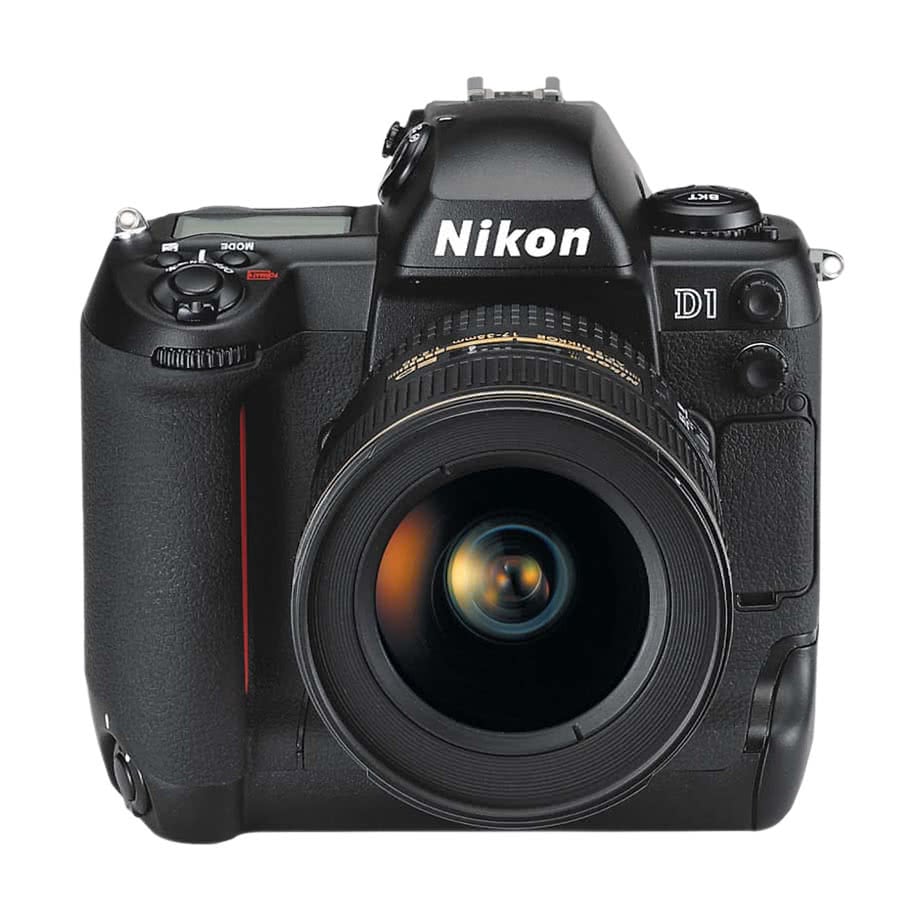
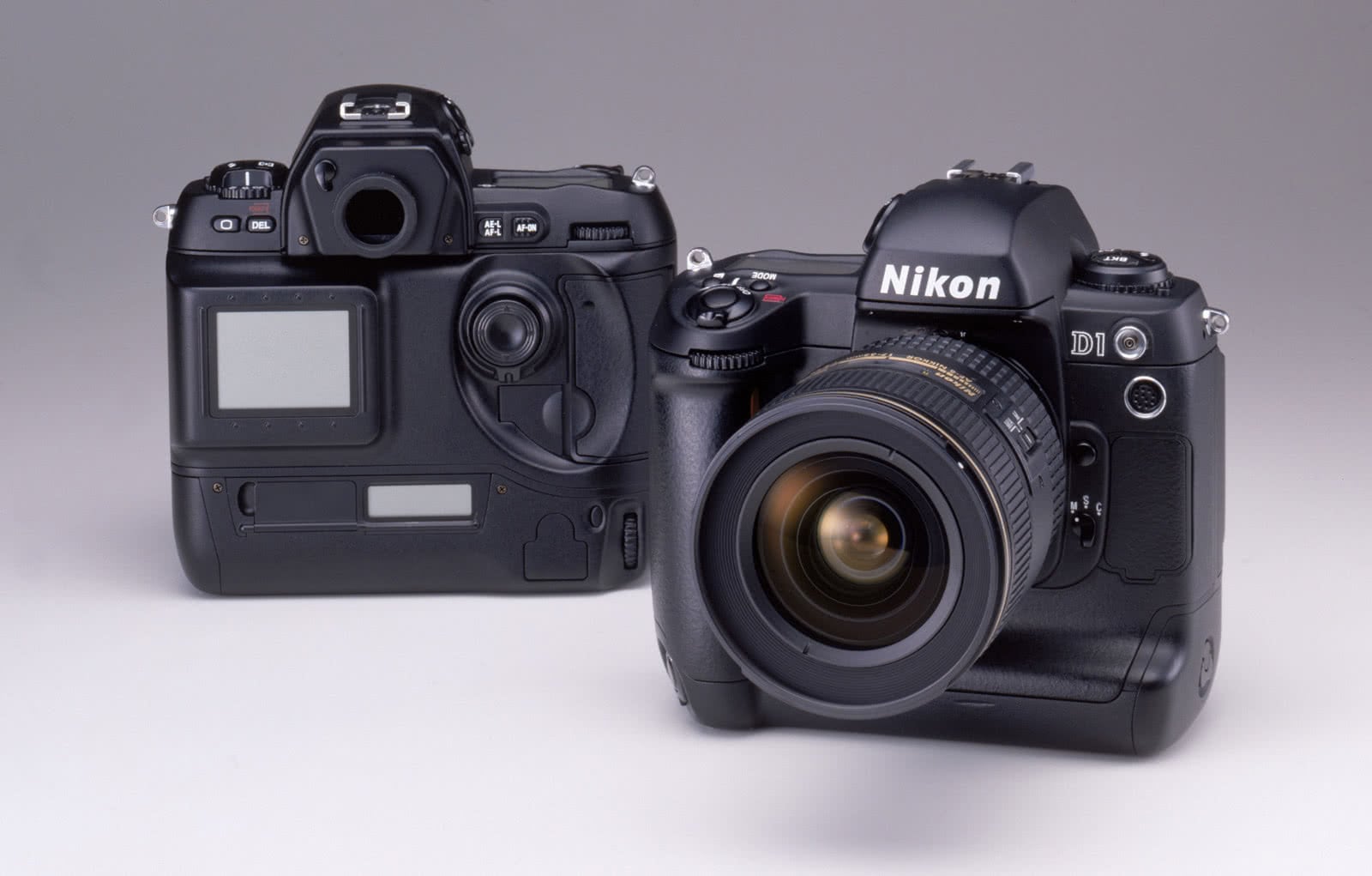
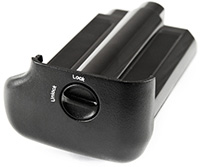 It wasn’t perfect. The Nikon D1’s major malfunction was its battery usage. The Ni-Mh batteries required to power it were not only enormous, they didn’t last very long and quickly lost their capacity to take a full charge. More cripplingly though, once the batteries got low, the camera would continue to shoot but its image processing centre would shut down, meaning it would record only blank frames! Successors to the D1 would fix this, but it was a significant flaw that could have severe consequences for the unaware.
It wasn’t perfect. The Nikon D1’s major malfunction was its battery usage. The Ni-Mh batteries required to power it were not only enormous, they didn’t last very long and quickly lost their capacity to take a full charge. More cripplingly though, once the batteries got low, the camera would continue to shoot but its image processing centre would shut down, meaning it would record only blank frames! Successors to the D1 would fix this, but it was a significant flaw that could have severe consequences for the unaware.